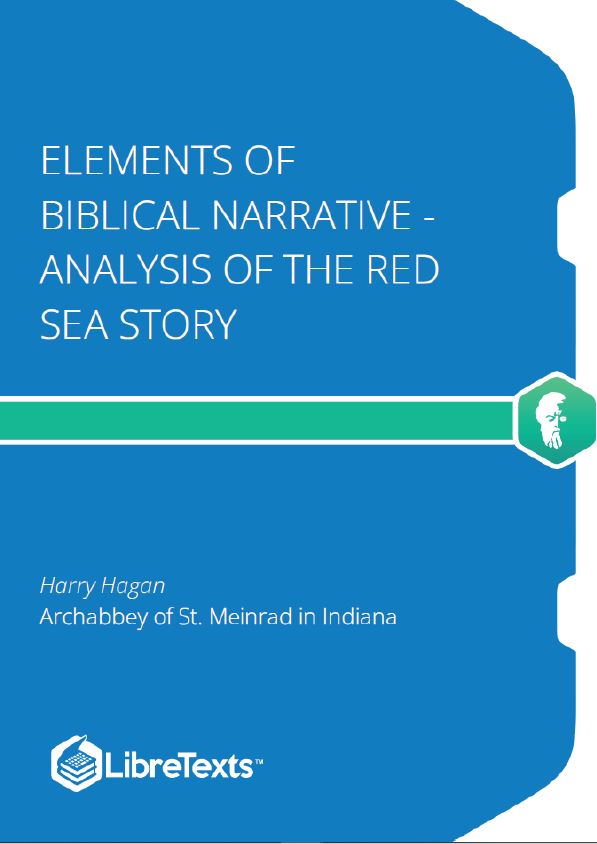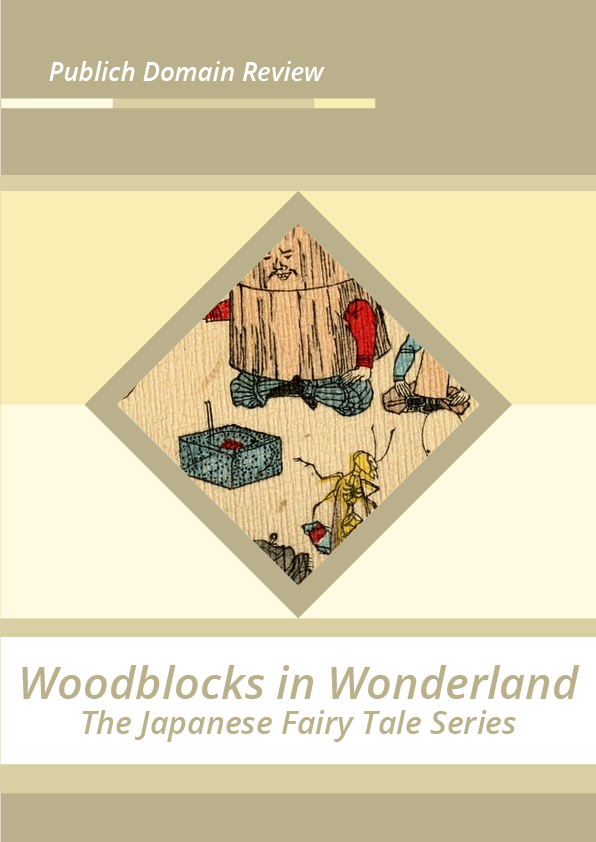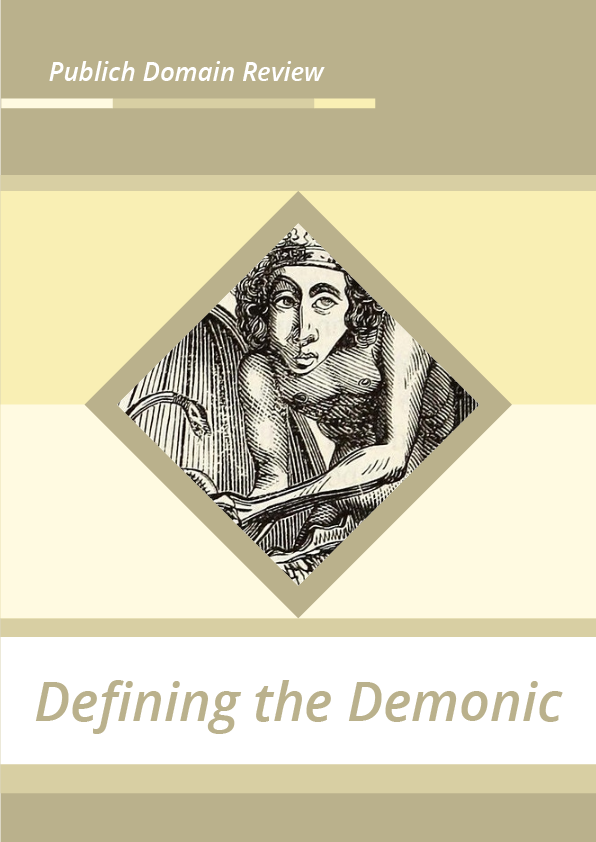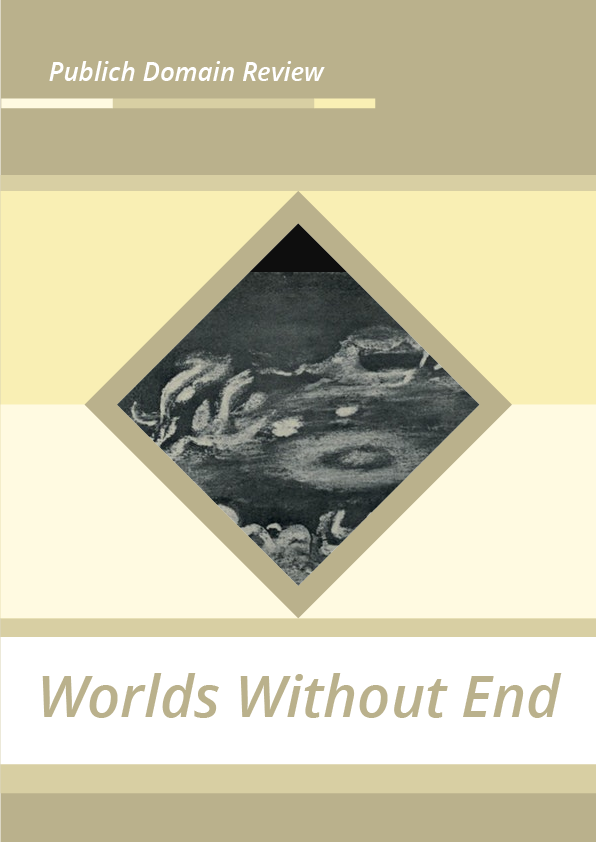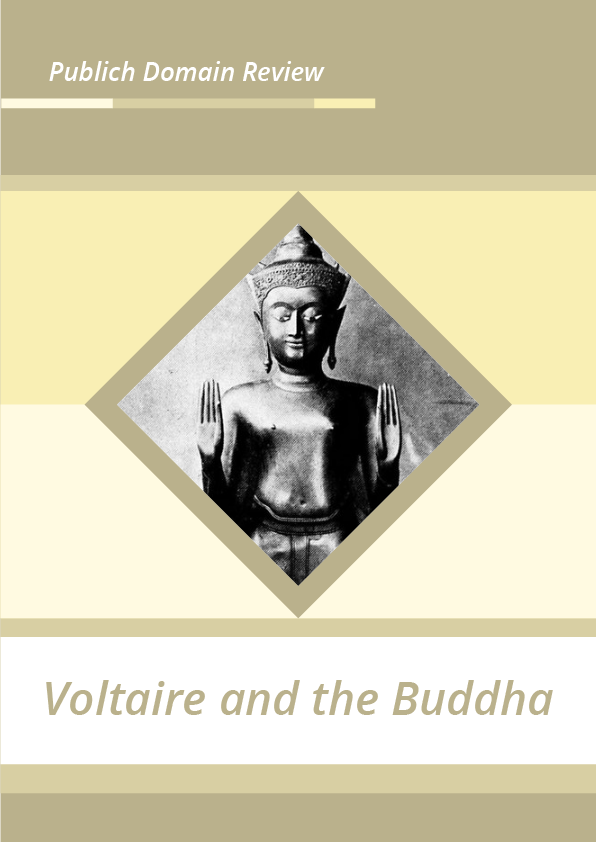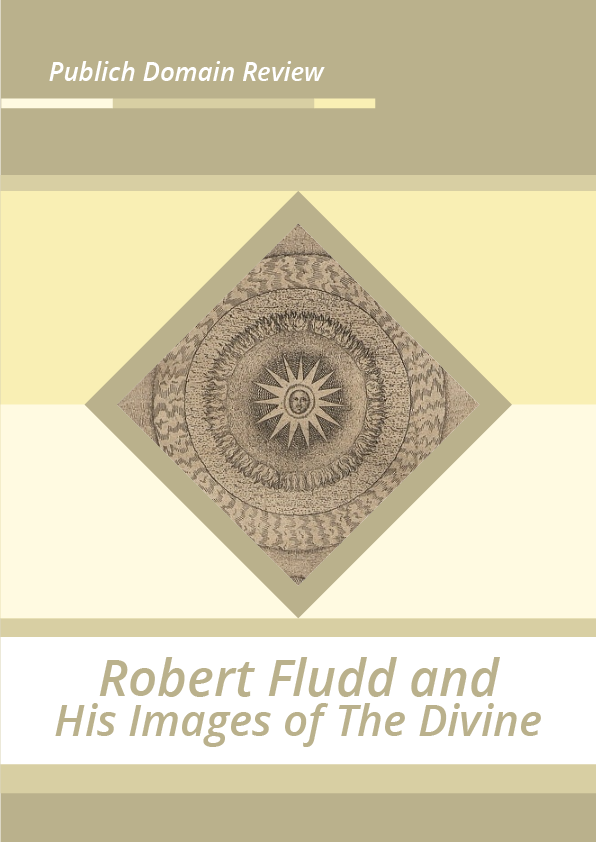The Bible tells the history of Israel in stories, and this essay seeks to introduce students and other interested readers to the basics of narrative craft for the Bible.
Though some see stories as escape or entertainment, narratives serve as powerful instruments of communication. By capturing our imaginations and confronting us with core values, stories explore our deepest desires and fear. They show how others have dealt with life and people and God. Even a very short story can challenge our understanding of how the world works as it offers us new possibilities. Stories do all this and more, often without our realizing it.
Growing up with stories, we all know something about how to engage them. Still, just as native speakers do well to study their own language, so we also benefit by examining narratives more closely to understand their craft and power. This essay offers students an overview of the narrative elements needed for that exploration.
Over the last fifty years and more, scholars have focused on these narrative elements and the complex ways that they engage an audience. H. Porter Abbott’s introduction surveys this accomplishment for literature in general.[1] In The Art of Biblical Narrative, Robert Alter laid a foundation for this approach to the Bible, but he was not alone, nor has his way been the only one, as Stephen Moore has shown.[2]
This essay surveys the narrative elements to help readers use these insights for the analysis of biblical stories. A literary analysis should help a reader become more alive to the power of the story. This examination is not an exercise for its own sake. By understanding how a story works, we should be able to enter more fully into its world and feel its impact more acutely. Here we can distinguish between standing inside a story to experience it and standing outside a story so that we can examine it. This essay is mainly about standing outside the story and analyzing its elements. After that, we should be able to step back inside the story and experience it more intensely. Our analysis should make us more aware of its affirmations and challenges. The analysis should also help us connect the story to other stories, whether in books or in our lives.
While scholars have produced a number of fine introductions, they typically gather examples from throughout the Bible.[3] This range of references can challenge those just beginning. This essay takes its examples almost entirely from the Red Sea Story told in Exodus 13:17-31. Arguably, it is one of or even the most important story in the Hebrew Bible. Therefore, it is worth our careful attention.
